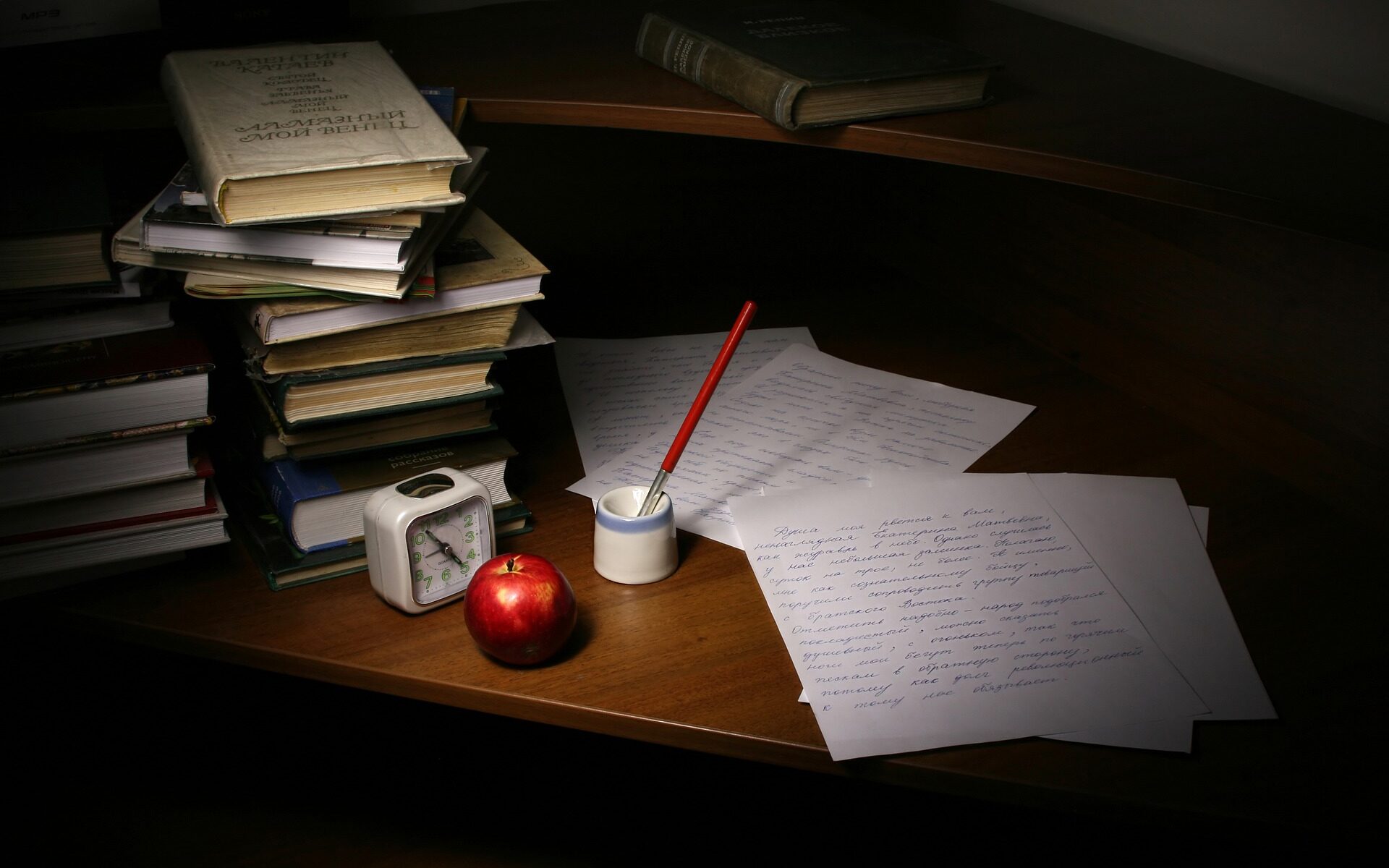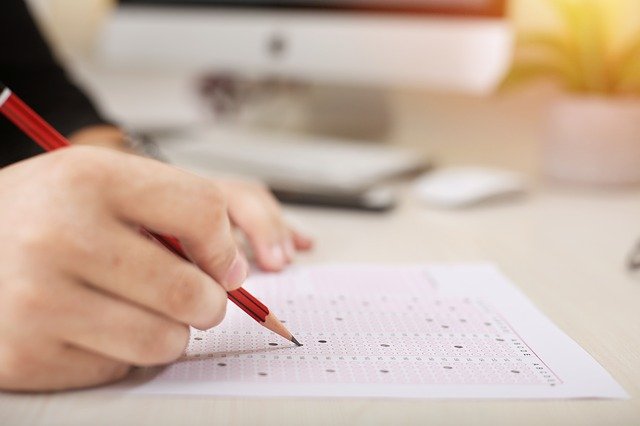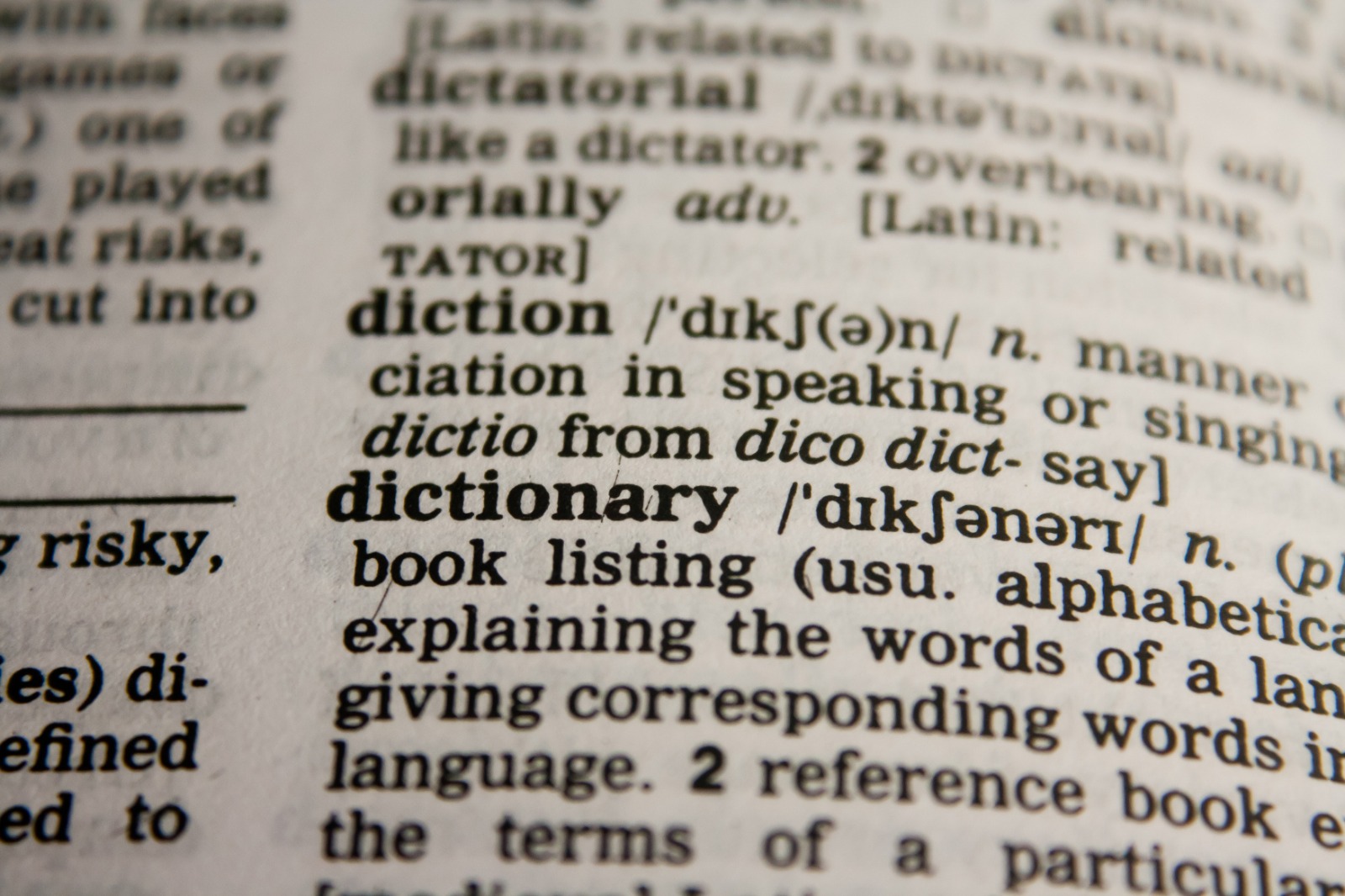Most of the parents who reach out to me are often exasperated by the daunting task of helping their child through the English homework as they progress from primary school to high school.
Writing narratives can often be one of the pain points that leads to parental-child conflict and arguments over the dinner table.
Narratives are an important part of the English syllabus right from the early foundational years all the way through to the year 12 exams.
Why Are Stories Important?
Stories are important for our children to be able to tell because as they become adults, they will need to communicate complex ideas often in simple ways and for different audiences.
The process of having to plan, drafting and editing a narrative will help your child to become a lifelong storyteller and achieve communication success.
So how do you help your child write a narrative?
Step One – Decide on a Setting
Setting can often be difficult as it is difficult for students to come up with concepts that they cannot see. One way to help your child find a setting for their story is to do some Google searching of different types of settings. You can google cities, jungles, different landmarks and different types of places they could use to establish their story. But the most important thing is that you provide your child with a visual to help them understand where their story takes place
Step Two – Decide on a Character
There is always the protagonist in every story that your child will write and it is important that you help your child to craft that protagonist. Try and get them to extend beyond writing themselves as the protagonist. Perhaps ask them to think about if their grandpa and grandma could be the protagonist or if one of their friends could be the protagonist. This will help to avoid cliches and will allow the student to show that they can put themselves in unfamiliar situations and write about them.
Step Three – Setting One Hour, One Day, One Setting
As you approach the story writing phase, you need to clarify with your child that the story should take place over one day, one hour or one setting. Oftentimes, students will create elaborate texts that take place over days, months or even years. This leads to poorly written stories that jump from place to place. Now when you change your focus to one hour, one day or one setting will help them to think about the parts of the date for the parts of the settings that are actually important to describe.
Step Four – Plot Structure
Have your child map out the four main steps of the plot seen below. Start with the resolution and then go back to the start so that your child understands where they need to take the story.
Step Five – Narrative Devices
Narrative devices are the elements that make a story great. These include things like imagery, narrative point of view, figurative language description, emotion, dialogue and a whole suite of others that can be found elsewhere on the website. Making a list and having an understanding of how to use these can make a story more robust and more descriptive for the teacher.
Step Six – Writing the Story
For your narrative, I would recommend starting with a sizzling start. A sizzling start is a description of either action taking place dialogue or a key feature in the scene. For example, you could start with a 4 to 5 sentence description of how the character is tying up his shoelaces. What this does is it creates intrigue and it creates mystery as to what is going to happen next in the story. The biggest mistake the students make if they don’t think about the description in their writing so including a description from the very first sentence can make a big impact. Try and ask the students what the character was wearing or what they were doing or so on.
Teaching your child to write a narrative can be a big job. Be sure to be gentle with yourself as you were doing the best job possible. For more tips and tricks make sure you sign up to our newsletter.













